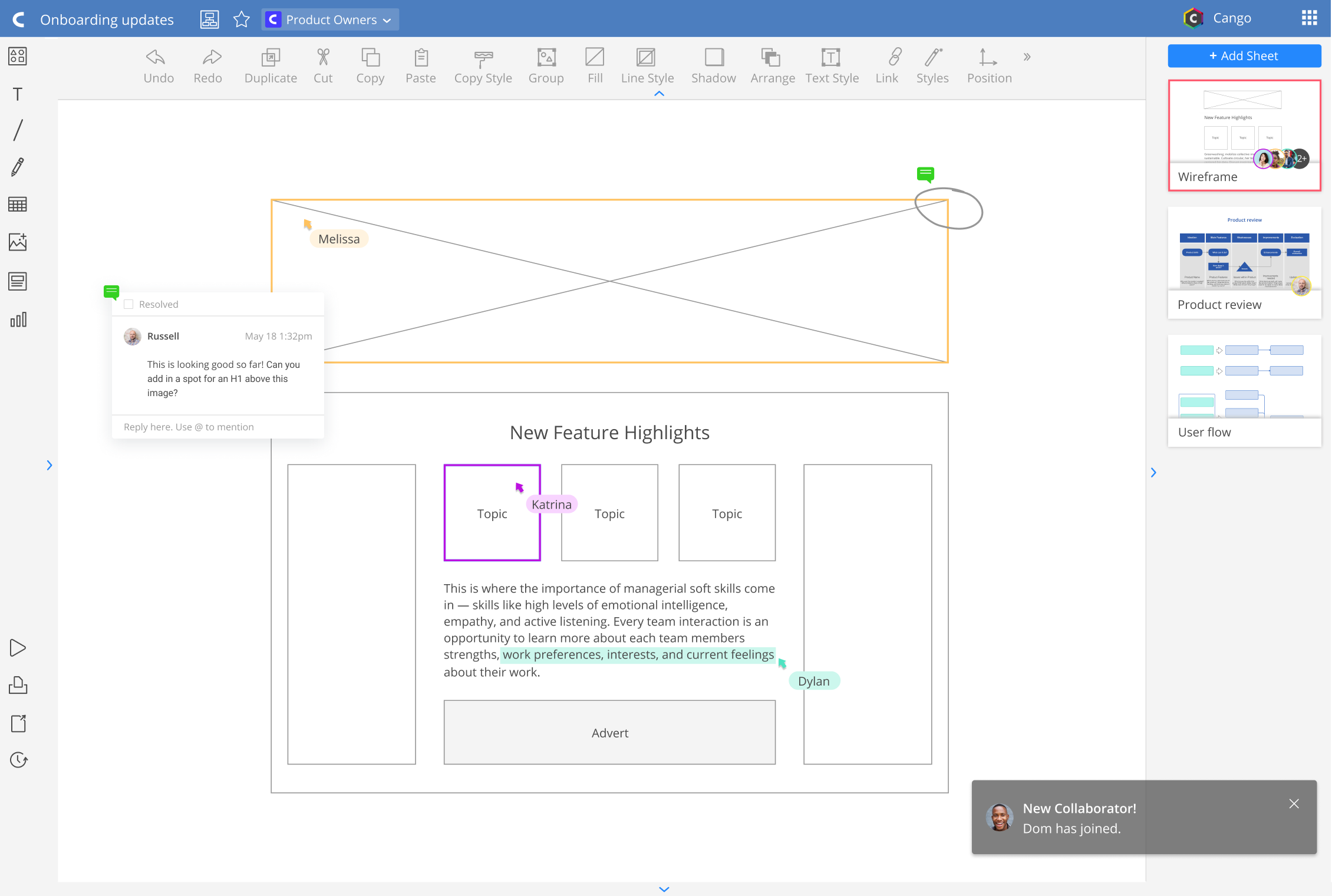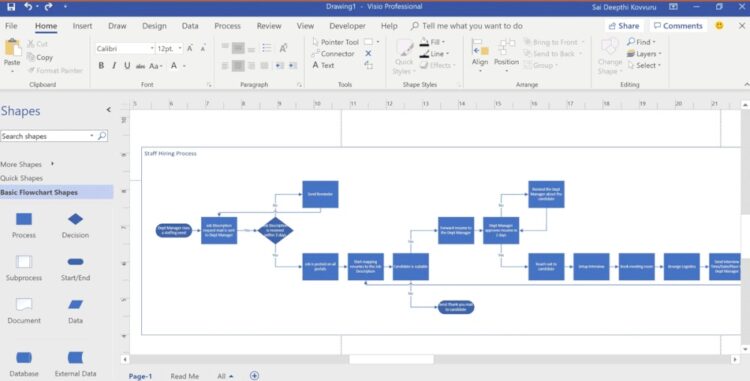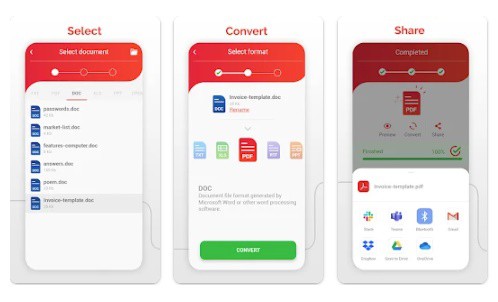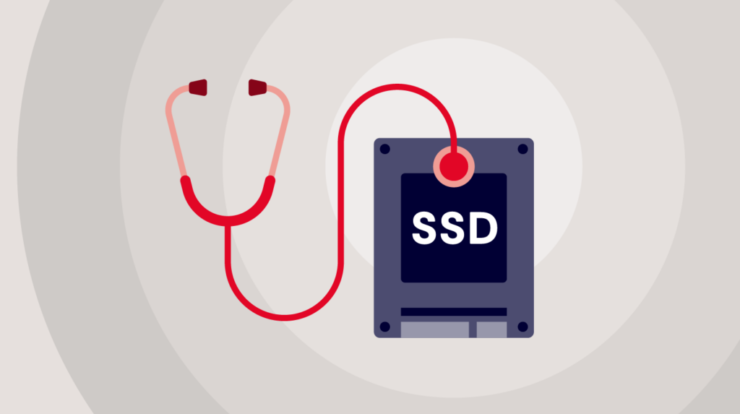
User Flow Tools: The steps describe a user flow a user takes while interacting with your product, which could be anything from your website or app to a service you provide or a physical item you sell. For example, consider that you attend a grocery store to purchase eggs; what will you do? First, you will enter through the main entrance and proceed to the dairy section. Next, after obtaining the eggs, you will proceed to the cash register. Finally, you will exit through the departure entrance after paying for the product. That was the order in which you purchased the desired objects. Similarly, when a user follows a particular path to accomplish a set of objectives or complete a task, that route becomes the User flow.
What Are User Flow Tools?
The user flow we’ve been discussing until now has been purely theoretical. To completely comprehend the user’s interaction with your product, however, you must have a visual representation of all conceivable user flows. Thus, user flow tool aids are necessary. Tools that provide a visual representation of the user flow are known as User Flow Tools. These tools illustrate user flow in a schematic format.
Why Using User Flow Tools Is Essential?
You may be wondering why using user flow tools is so vital. Ask yourself why you create your products (website, app). To provide your users with an exceptional experience. It would be best if you had an idea of all conceivable user interactions with your product. User flow tools will provide a schematic representation of all potential interactions. You can improve the user experience after having an idea of the user flow.
Top User Flow Tools For UX Design
As we curated, the best User Flow Tools are listed below.
1. Smart draw

SmartDraw is a flow diagram tool that can be downloaded on Windows and is available online. Smartdraw’s developers assert that it is even simpler than Visio. Therefore, they assert it is a less expensive and compatible alternative to Visio. In the same format as Visio, you can import and export diagrams. It is compatible with Mac as well. It offers more than 70 templates for various diagram categories. Smart Draw is not entirely free but affordable compared to its competitors. In addition to being easy to use, one of its most notable features is that it offers automatic formatting. To eliminate any mistakes or defects, it automatically formats your diagram. It can be readily integrated with Google apps and Microsoft Office products.
2. OmniGraffle

OmniGraffle is accessible on Mac as well as iOS. The app is relatively easy to use. However, it is a tad pricey, just like other Mac apps. In addition to the standard version, there is also a professional version. It offers various fundamental tools, including pen, line, shape, and text. However, the list of features it provides is quite extensive. Professionals will appreciate such advanced features. Its most distinguishing characteristic is that it offers design layers. Using design layers, the user can visualize their designs.
3. Justinmind

Justinmind is a tool for prototyping. It is compatible with mobile phones and the web. It gives several mobile gestures and web interactions to make designing easy and enjoyable. It offers several transitions and animations to make your design even more interactive. It is possible to create dynamic data listings. It also facilitates user testing using the data. This tool allows you to preview your designs instantaneously. This previewing can be used to eliminate unnecessary features. Consequently, you will save time and effort. With a single link, you can export your design to HTML. Lastly, you can invite your clients and team members to view your designs to ensure clarity during later phases.
4. Wireflow

Wireflow is not only accessible online, but it’s also an open source tool. It allows you to create user flow prototypes. The best thing about Wireflow is that it does not require Photoshop skills to create user flow diagrams. It also provides you with the option to use more than 100 pre-built graphics that have been customized. Wireflow values collaboration in real-time. You can work on a design with friends, colleagues, or group members. Thus, double the effort yields double the reward! In Wireflow, you can easily design your project rooms; in these virtual rooms, you can invite whomever you’d like and set the project room’s privacy according to your preferences. In a nutshell, it is an extremely easy-to-use tool that provides many simple yet essential features. The developers of this tool intended to streamline the process of designing user flow.
5. Cacoo

Cacoo is a well-known tool. Cacoo allows you to design flow diagrams in addition to other forms of diagrams. The Cacoo developers believe in collaboration. You can work on and modify a diagram with your teammates using Cacoo. It provides you with the opportunity to comment on the work of your teammates on your canvas. Cacoo can work in two different ways. You can either start from scratch with your ideas or choose from hundreds of pre-existing templates. It gives a 14-day free trial, after which you must begin paying for its services. Cacoo’s canvas is very easy to organize. You can administer your crew alongside it as well.
6. Miro

Create product experiences with a little piece of magic by brainstorming with your cross-functional team and collecting feedback for iteration and reiteration. Miro is the most trusted collaborative whiteboard platform for organizations of any size, with more than 45 million users worldwide. Create a visual source of truth by centralizing product specifications, wireframes, UX flows, and more on an erasable whiteboard. Use color-coding, classification, and eye-catching templates to break free from text-only roadmaps. Allow stakeholders to comment to obtain direct feedback. Explore more than 300 templates and robust integrations with your preferred tools. With a free plan that never expires, Miro is trusted by over 45 million users worldwide. Monthly subscriptions begin at $8 monthly.
7. Microsoft Visio

The name signifies that the product is part of the Microsoft family. Microsoft Visio is a comprehensive vector graphics app. So, in addition to designing flow diagrams, Visio can be used for various other tasks. One thing that is only available to Microsoft users must be obvious by now. You can choose your desired template from a variety of templates. In its professional edition, there are an even greater number of templates and layouts. You can also link your diagrams to your data sources. Microsoft Visio’s interface is akin to MS Office, which is an intriguing feature. Getting a hold of Visio would be fine because most of us have been using MS Office since childhood. Unfortunately, Visio, like all other Microsoft products, is not free. A 30-day free trial may be on hold for you.
8. Draw.io

For designing flow diagrams, use Draw.io, a web-based online app. However, if you want to use some premium integrations, you must pay for them. All of its general features are free. It allows saving diagrams to Google Drive, Dropbox, or your computer. It is among the most popular browser-based diagramming apps. Draw.io supports importing various file formats, including Lucidchart, Gliffy, etc. It offers a variety of templates. It has a vast library of shapes from which you can choose the desired one. Draw.io does not require registration to get started. In addition, the desktop app is available for free installation, and you can work offline as well. It is compatible with nearly all web browsers and functions well on mobile devices.
9. Mockplus

Another free prototyping tool is Mockplus. It is a simple tool with a straightforward interface. Mockplus is compatible with iOS, Android, and the Web. There are more than 200 pre-made components and templates to choose from. In addition, it offers approximately 3000 vector icons. All of this enables you to work even more quickly. But don’t assume that because it has large built-in icons, you cannot customize them to your liking. You can create a library containing icons and interactions of your choosing. It also offers the traditional drag-and-drop app approach for designing. It enables you to link your designs to HTML and supports immediate previewing.
10. Timblee

Timblee facilitates the creation of user flow diagrams during the earliest phases of product development. Timblee functions properly on the web and mobiles, given how important mobile phones have become to our daily existence. Timblee intends to eliminate the need for sophisticated tools in the initial phases of user experience planning. It is not completely free, but it does provide the opportunity to sample it for free for the first 14 days, so you can determine whether or not it is worth the cost. Incredible, right? It provides several features for designing sitemaps and flow diagrams. Because it offers a drag-and-drop canvas that is relatively easy to use, it is ideal for beginners. One of its most prevalent features is that you can easily share your designs with others, and they can view your work and provide feedback even if they do not have a Timblee account.
11. Flowmapp

It is an online tool for designing flow diagrams and sitemaps. Flowmapp features a collaborative working board. You can share your board with teammates and clients to facilitate real-time collaboration. In addition, you can transfer your projects to others once you’ve completed your part. Flowmapp allows you to plan your designs professionally. Using Flowmapp’s convenient tools, you can transform your plans into reality. In addition, it allows for a panoramic view. To get a fresh perspective on your designs, you can use this app to view your projects from above. It offers users a free 14-day trial period.
12. Lucidchart

This tool provides a work area. It integrates the features of three distinct processes: diagramming, data visualization, and collaboration. Additionally, it promotes networking so that you can collaborate in real-time on your projects. Finally, it enables you to plan and generate ideas before designing. Lucidchart is compatible only with browsers that support HTML5. This characteristic suggests that it does not require modifications from third parties. A free version provides access to all of Lucidchart’s fundamental features. In contrast, the paid version includes all premium features.
Also, Take A Look At:
The Bottom Line:
Imagine you’re going to write an essay. Although you don’t have a pen and paper to write it down, you have the plot of your essay outline in your mind. Writing the essay makes it possible to proofread and rectify any mistakes. Can it be presented to the instructor without proofreading? The same is true if you have the user flow mapped out in your mind but need more tools to visualize and design the flow. You cannot work to improve user experience (UX) unless you can visualize user flow. Therefore, list the requirements for designing your user flow. Keep in mind that every tool offers something unique. Then, according to your requirements, choose a user flow tool.


